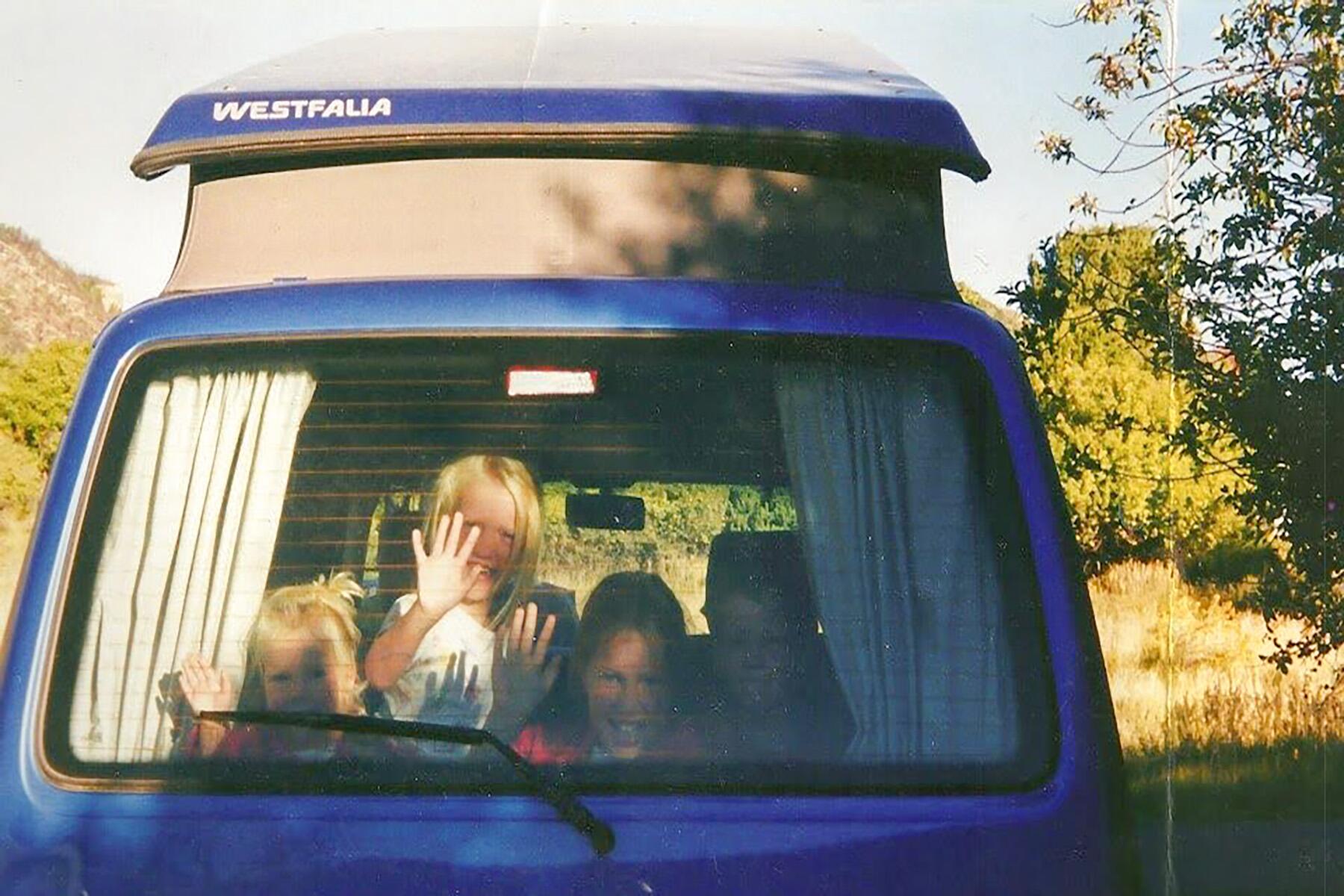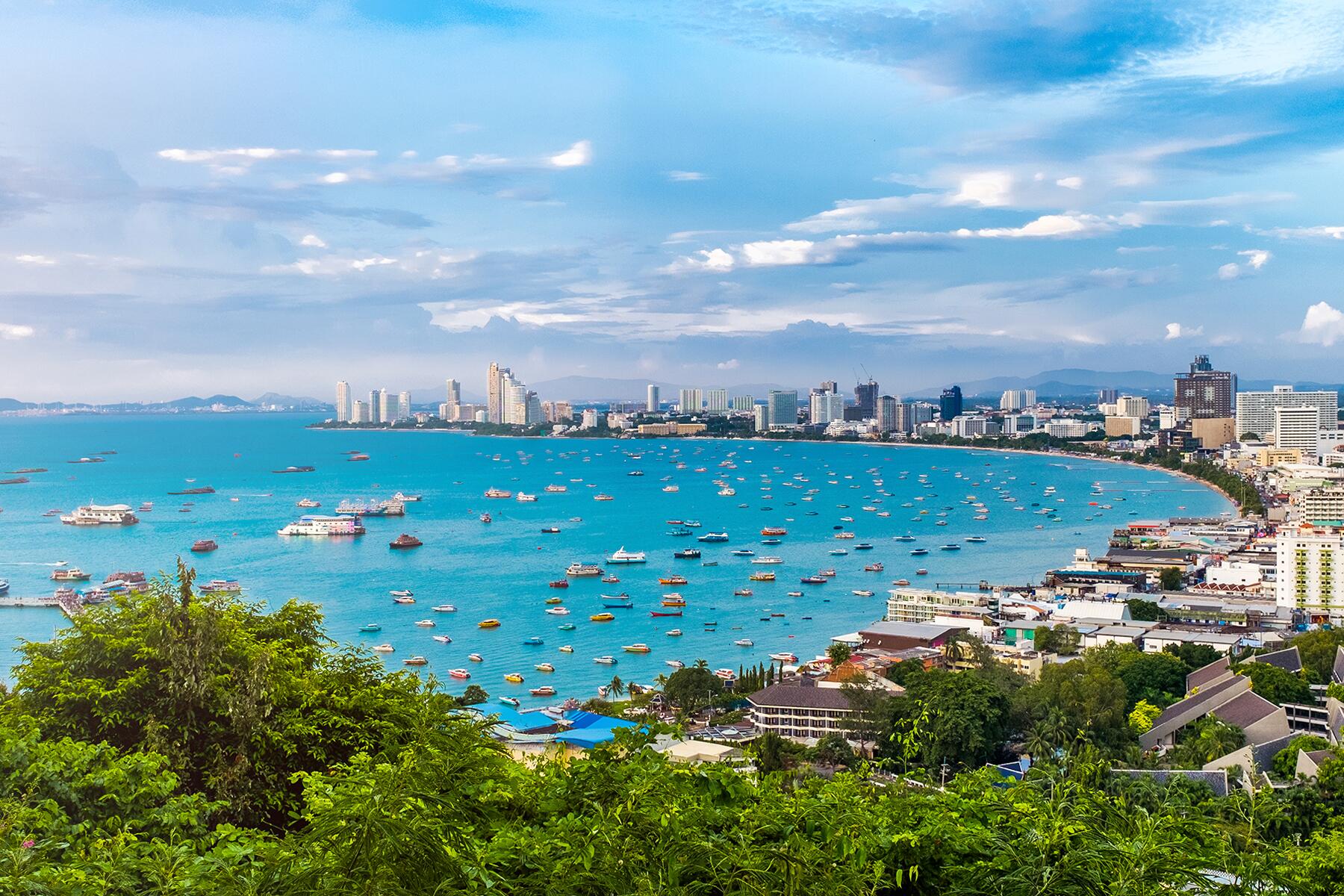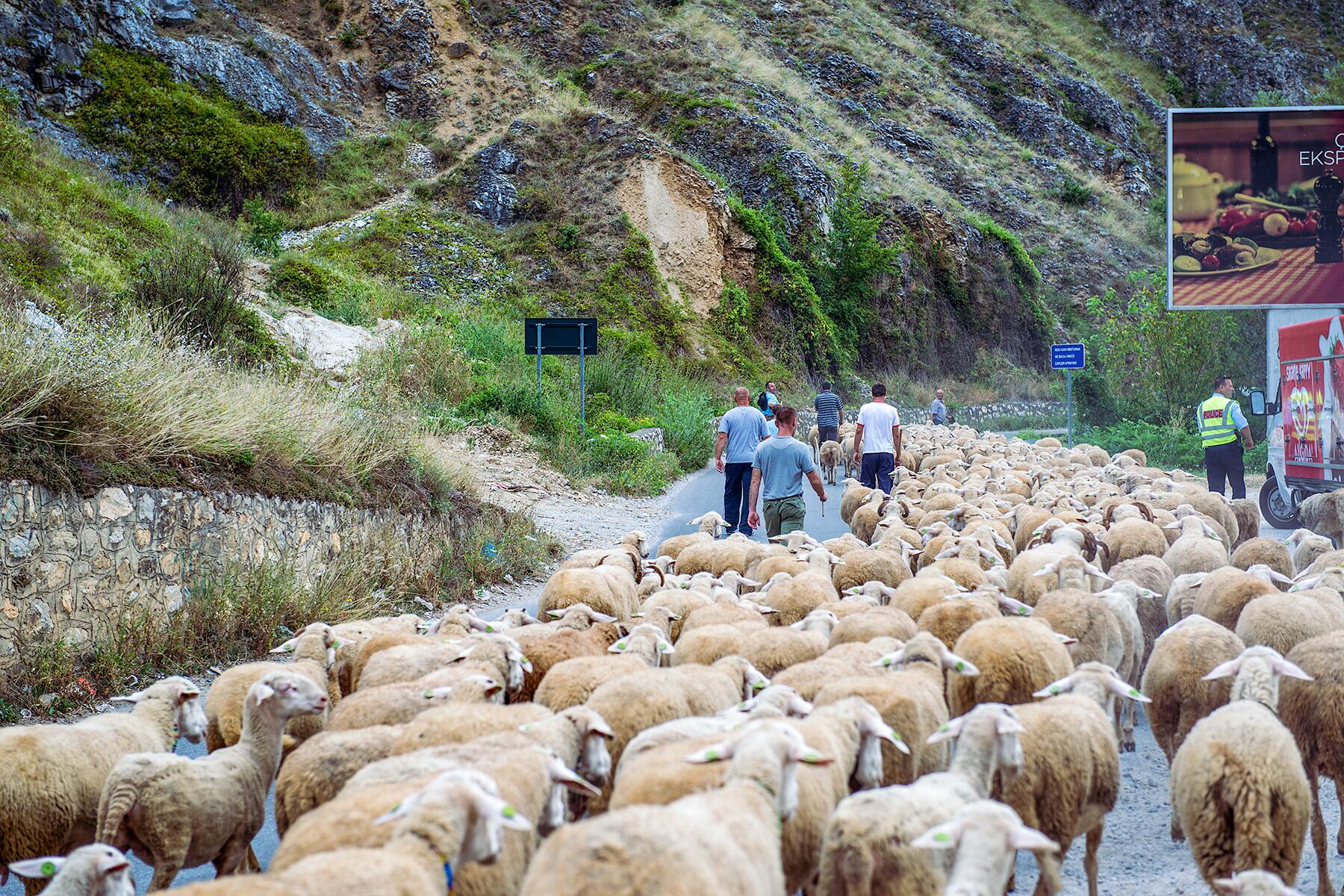If you’ve heard the rumors of northern California Bigfoot sightings but want to go catch a glimpse for yourself, we’ve got the scoop on where to start.
North of the commotion and chaos of San Francisco lies a quieter and less developed part of California, known more for its remoteness than anything else. This sleepy part of the country is filled with winding roads offering unobstructed ocean views, miles of secluded hiking trails, and isolated coastline communities. Take a short drive inland and you’ll reach a handful of vast state and national parks, where towering trees started growing more than 700 years ago, long before western Europe ever set its sights on the American continent. This easygoing part of northern California may seem a bit under the radar, but there’s one very famous celebrity who calls this place home: Bigfoot.
First spotted in 1958 in Willow Creek, Bigfoot–lovingly known around the world as Sasquatch, Yeti, or even Skunk Ape, if you’re in the Florida Everglades–has been spotted more frequently in northern California than anywhere else in the country. If you’re feeling the need to do a little ’Squatching yourself, check out these 10 off-the-beaten-path destinations near California’s Lost Coast. Though exploring these locations won’t guarantee a sighting of Bigfoot himself, it will guarantee plenty of remote, beautiful places to commune with nature in rugged and remote northern California.





